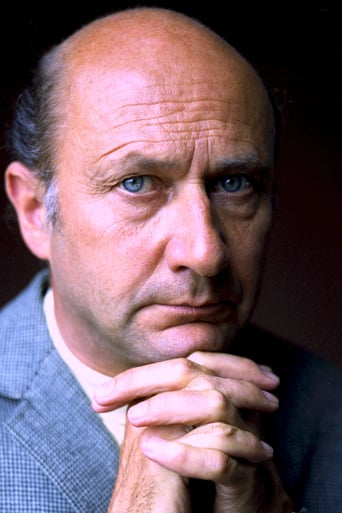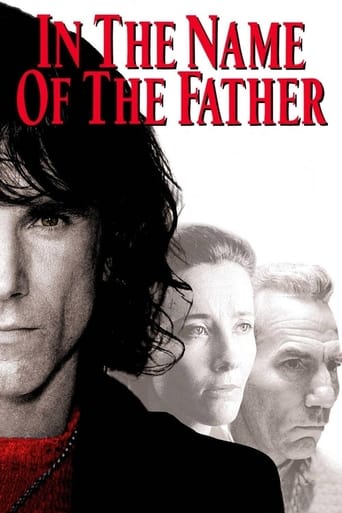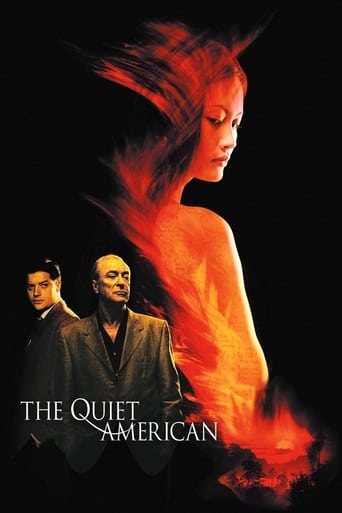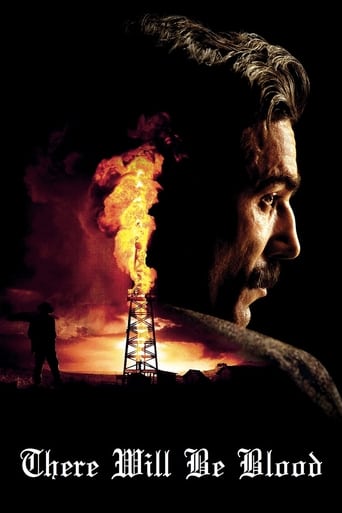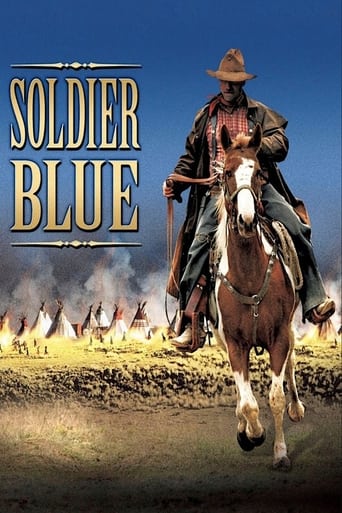

Soldier Blue (1970)
After a cavalry group is massacred by the Cheyenne, only two survivors remain: Honus, a naive private devoted to his duty, and Cresta, a young woman who had lived with the Cheyenne two years and whose sympathies lie more with them than with the US government. Together, they must try to reach the cavalry's main base camp. As they travel onward, Honus is torn between his growing affection for Cresta.
Watch Trailer
Cast
Similar titles
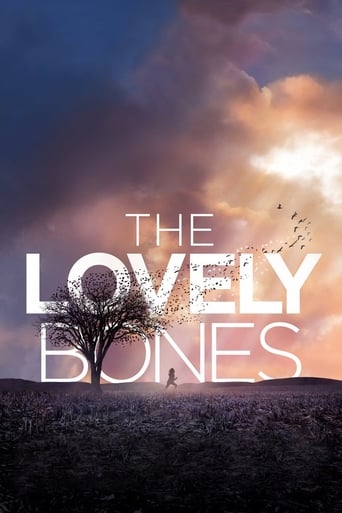


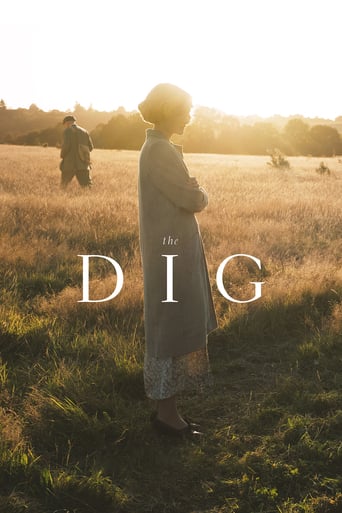
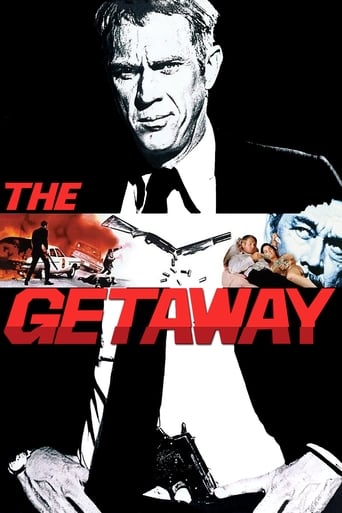
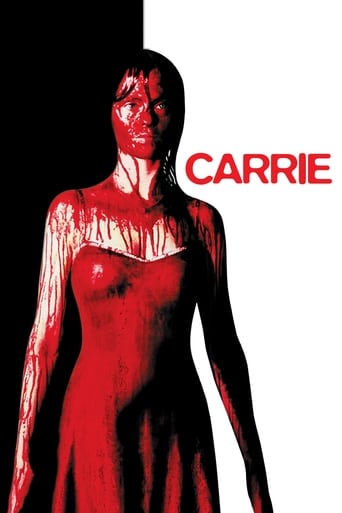
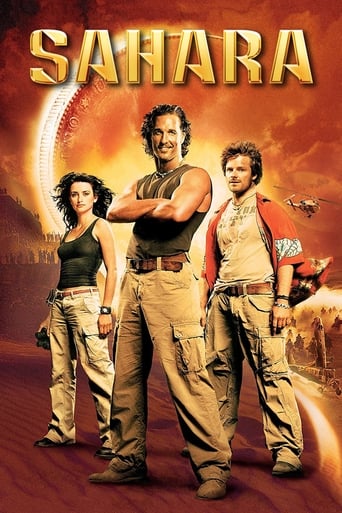
Reviews
An Exercise In Nonsense
Am i the only one who thinks........Average?
Absolutely Fantastic
This movie feels like it was made purely to piss off people who want good shows
. . . is a Must-See for ALL Americans desiring entertaining insights into Trump World and the Citizens thereof. Anyone exposed to the six months of crazed "Lock Her Up !" chants will recognize the exact same emotion behind those Trump cheers as they witness the ancestors of these same Deplorables gleefully chortling in the guise of U.S. Servicemen beheading Cheyenne toddlers while waving the severed privates of their Daddies (not to mention slicing off Mommy's Mammaries, pictured 106 minutes into the fun of SOLDIER BLUE). Lawyers for Present-Day assault rifle-wielding U.S. Border Guards argued last week to the Supreme Court that it must remain Open Season on Mexicans INSIDE Mexico, stipulating that Real Live foreigners make for much better target practice than paper silhouettes at a shooting range. (Dozens have been murdered already, which number will surely skyrocket, given the shooting platforms of Trump's Towering Wall, observation balloons, and high-flying drones equipped with Hellfire Missiles; however, Mexicans situated in Mexico City on South are safe for the time being from being slain by fire across our "friendly" border). SOLDIER BLUE teaches viewers that "America First!" policies will "Make America Great Again" by continuing to eradicate any lingering remnants of Native Americans. This is why Trump emphasized his Executive Order to bull-doze through Indian Burial Grounds for the purpose of poisoning their remaining water supply with oil spills.
Released in 1970 and directed by Ralph Nelson, "Soldier Blue" is a Western starring Peter Strauss and Candice Bergen as a soldier and Native sympathizer, the only two survivors of a cavalry group Massacred by the Cheyenne. As they travel together to get back to the soldier's unit he struggles with his affection for the woman and a revulsion for her anti-US government outlook. Then he sees the awful truth.This controversial Western showcases the atrocities of the US Army against Native Americans wherein the average US Cavalry solder is depicted as a shifty, droop-eyed, unwashed, stupid cracker idiot with flies buzzing around his head. The opening Indian attack is set in order to align the audience's sympathies with Honus (Strauss, the 'Soldier Blue' of the title), so that the viewer travels on the same journey as him, starting by regarding the Indians as murderous barbarians, and ending up forced to confront the idea that maybe his kin are just as barbaric when the occasion is 'right' (or, should I say, wrong).The final massacre is shocking, but hampered by the film's insistence on stacking the deck so completely in terms of depicting the US military as savages dripping with ee-vil. In other words, it loses its impact because it's so overdone.In reality, utterly barbaric attacks applied to both uncivilized Natives and the civilized Europeans, but more so with the former, which is documented. Since the 60s-70s there has been an overemphasis on the injustices committed by the US Army or settlers and we get a handful of examples: Wounded Knee, Bear River and Sand Creek (the latter being what "Soldier Blue" is based on). Yet we never hear the other side of what caused these events nor do we hear of the atrocities of Natives committed against New Americans. For instance, we never hear of the Dakota "War" of 1862 (Santee Sioux went on the war path and murdered between 600-800 white settlers, which constituted the largest death toll inflicted upon American civilians by an enemy force until 9/11), The Ward Massacre, The Nez Perce uprising which killed dozens of settlers in Idaho and Wyoming, and the Massacre at Fort Mims. We never hear of the countless innocent settlers who were murdered by roaming bands of young "warriors": While a chief was signing a peace treaty on the tribe's behalf they were out robbing, raping and murdering.I'm just saying that it's easy to be pro-Native sitting on the comfort of your sofa, but not so much when you and your loved ones are threatened with torture & slaughter.The Europeans wanted the Native's land and resources while the Indians wanted the technology of the Europeans. Both sides used treaties to make peace while still trying to get what they wanted when war was too expensive. Both sides made war when they felt no other option.I love Native American culture, but the whitewashing of Native atrocities and this revisionist history stuff is dishonest and unbalanced. "Soldier Blue" is guilty of this but, as a movie, it's entertaining and its message is necessary in light of all the movies that depict Indians as sub-human savages to be gunned down on the spot.The film runs 114 minutes and was shot in Mexico.GRADE: B
I first saw Soldier Blue some thirty five years ago, in a cheap exploitation theatre, and i was perhaps as shocked as the makers intended. I have distinct memories of leaving the theatre with an unpleasant taste in my mouth. Here was a film that not only didn't fear the displaying of extreme graphic violence, but indeed used it to the point of being exploitative.Perhaps some of the musical score, or the paralels with the Vietnam war are now dated, but generally it remains a powerful film that also makes you think.It is at this point that i must diverge with the great majority of the reviews here. Sometimes it seems like i have watched an entirely different film, for the film shows bluntly and brutally that the Native Americans were also capable of massacres or gang rapes, for instance. Not that it justifies genocide, but it is true nevertheless. They are not portrayed as the noble savages, that most people now like to consider them.Take the case of the Comanches, for instance. They came to the Southern plains from the north, and displaced and almost completely exterminated the plains Apaches. For two hundred years they raided Northern Mexico, and committed genocide over the population. The point is that seeing Native Americans merely as victims does not respect the historical truth. A film such as this one can make people see the bigger picture, and stop trying to rewrite History.
Part of a wave of revisionist westerns in the late 60s and early 70s, this alternately comic and violent film takes pains to point out the evil of the white man towards Native Americans. Strauss plays a rather green cavalry private who's part of a detail escorting a payroll to a fort, along with a recently recovered captive (Bergen) who was kept as the wife of a Cheyenne chief. A surprise attack leaves everyone dead except Strauss and Bergen, who must make their way across unforgiving terrain to the fort, their differences in manner and demeanor eventually blossoming into romance. However, before they can ever make it to the fort, they run into shady Pleasance, whose sideline causes more problems for the pair. In the end, Bergen and Strauss bear witness to a horrendous massacre in which cavalry soldiers slaughter many Indian women and children in retaliation for the earlier attack. Strauss has been taken to task over the years for his hapless portrayal, but it is actually exactly what is described in the source novel "Arrow in the Sun." His character is intended to be an unseasoned failure of a soldier. Bergen also mirrors the characterization found in the novel, though her delivery leans towards the grating side. She also has little or no period detail in her performance. It's a shrill, contemporary performance with a couple of welcome tender moments. Pleasance is outfitted with some preposterous crooked teeth, though he does manage to add a little variety to what is nearly a two-character film. Rivero is heinously underutilized as the Indian chief. At least his impressive figure lends a little physical presence and power to his character. Other roles go to veteran character actors Anderson and Elcar as cavalry officers. This is also the debut of Hampton (playing an unlucky soldier), who would go on to numerous comedy supporting roles. The scenery in the film is gorgeous and the scope of it is surprisingly vast considering the company that made it. There are quite a few soldiers, Indians, tepees, horses and so on to add to the authenticity. However, the film rarely, if ever, attains a true period vibe thanks to the attempts to draw parallels between the events its story (based on fact) and the then-contemporary events taking place in Vietnam. Bergen's disregard for the era only contributes more to the situation. A title song is sung with excruciating Duracell battery vibrato by folk singer Saint-Marie. Although several sequences are interesting and arresting, it's difficult to invest a lot of feeling into a film so calculatingly one-sided and transparent (not to mention exploitive!) Viewers may also have trouble accepting the shifts in tone as the film goes from abrupt violence to romantic comedy to savage murder, rape, infanticide, dismemberment and the like. That said, there's a certain fascination with the storyline and the actors. So long as one can marry the divergent approaches to the material, it's fairly captivating viewing.


